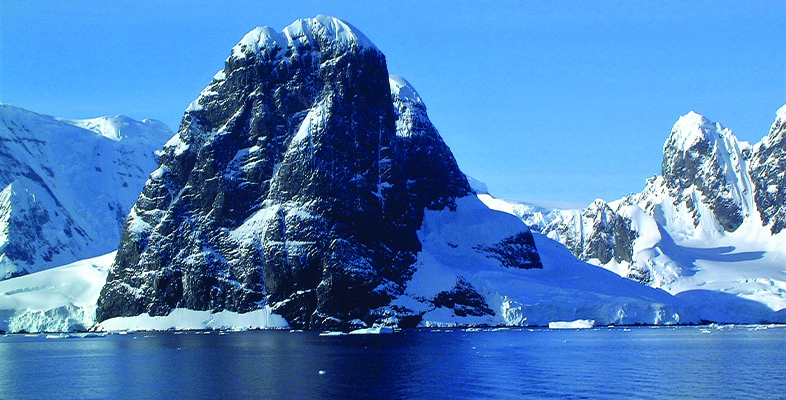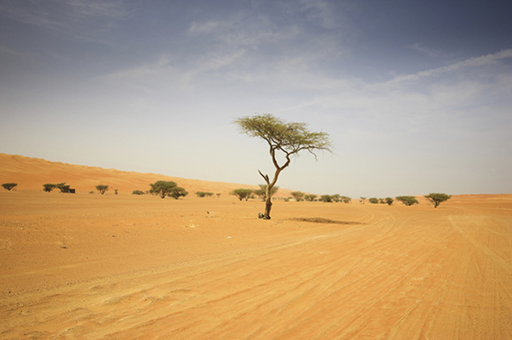1 Deserts
Deserts have a unique climate, with characteristic organisms. In such an extreme environment, organisms will develop their own ‘niches’. A niche encompasses the role of an organism in a particular ecosystem, the habitat, how it eats, what it eats, and its predators.
There may be empty niches in a habitat. An invader may take over a niche by ejecting the species currently occupying it. In general, two species cannot occupy the same niche in the same geographical location.
In desert ecosystems, insectivorous, herbivorous and seed-eating niches are occupied by small animals, including arthropods, lizards, small birds, rodents, squirrels and shrews. Medium and large-sized animals such as hares, gazelle, camels and ostrich occupy grazing and browsing niches. Predators include foxes, e.g. kit fox (Vulpes macrotis) and cats, e.g. cougar (Puma concolor) in the deserts of the southern USA and Mexico, and Rüppell’s fox (Vulpes rueppelli) in the Arabian desert. Desert vertebrates make use of a variety of microenvironments and their associated microclimates, small-scale areas in which the climate is different from that of the habitat as a whole.
For example, in a desert ecosystem, a cavity beneath a rock, a microenvironment, would have a lower ambient temperature (Ta) than the surface and hence a different microclimate. A hyper-arid sandy desert, such as the Arabian desert, has a relatively low variety of microenvironments and associated microclimates available for vertebrates. Nevertheless, the sand at a few centimetres depth is significantly cooler than at the surface, and provides a relatively cool microenvironment for animals. In contrast, American deserts such as the Sonoran have a diverse range of microenvironments, and contain a richer diversity of vertebrate species.
Although our discussion here is restricted to vertebrates, you should be aware that many invertebrates, particularly insects, inhabit desert environments, and they provide an important food supply for many desert birds and mammals.

